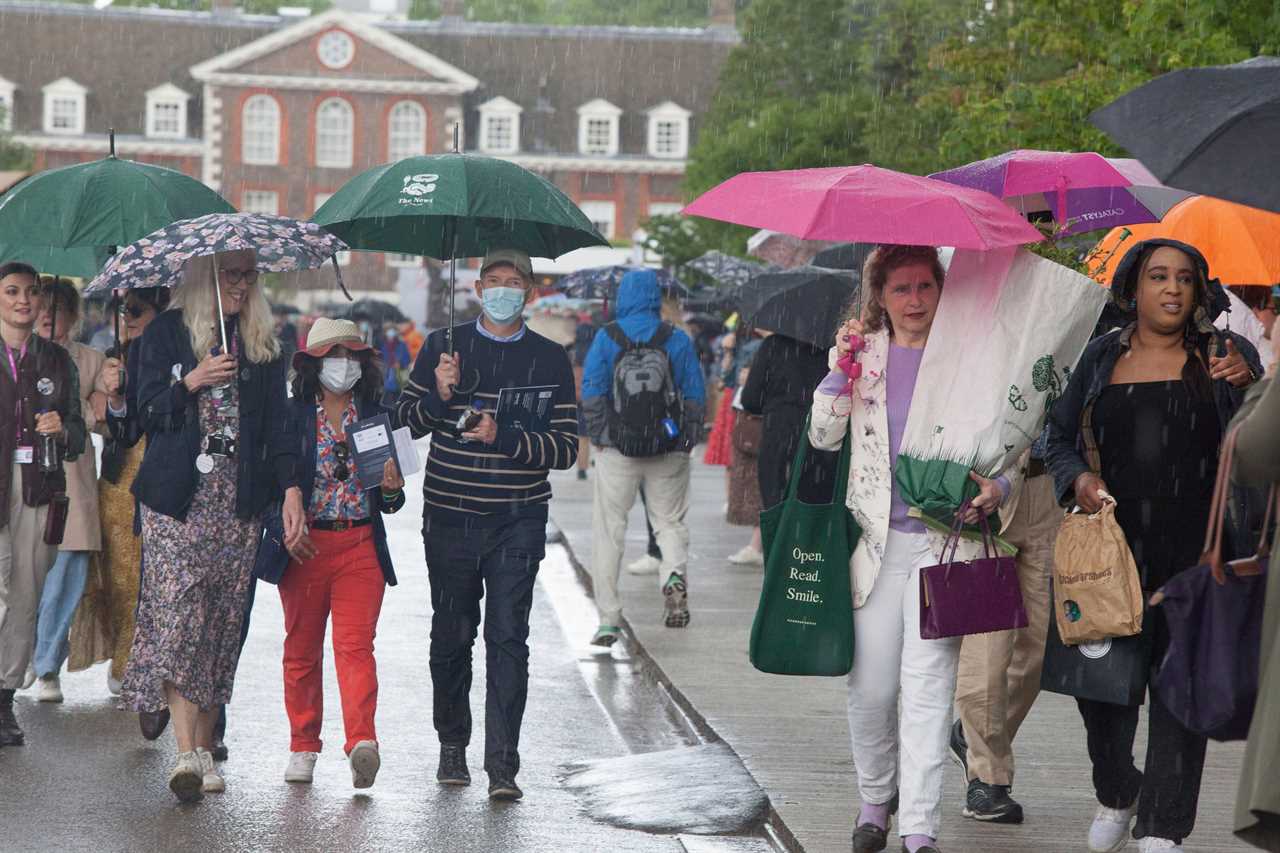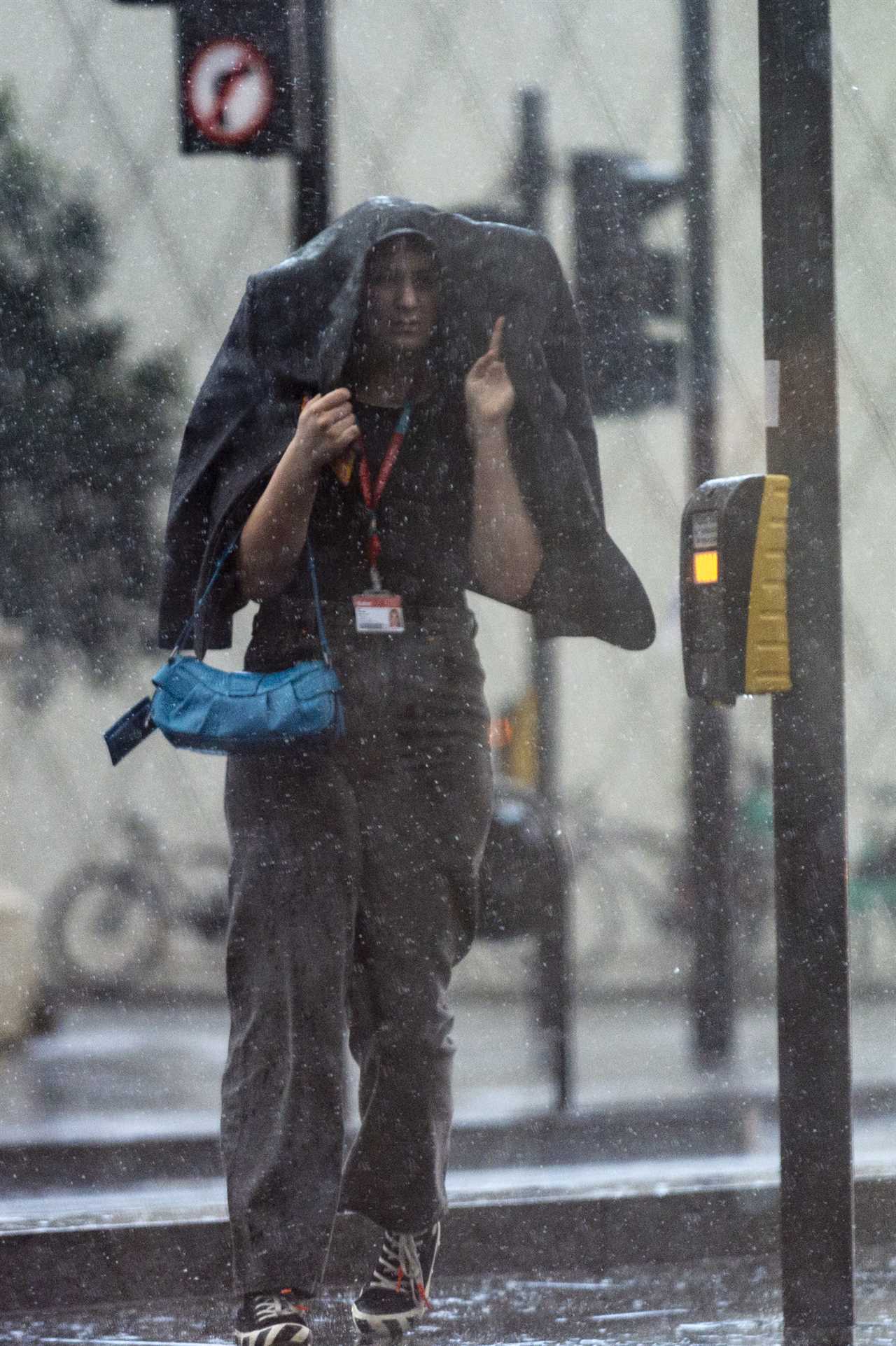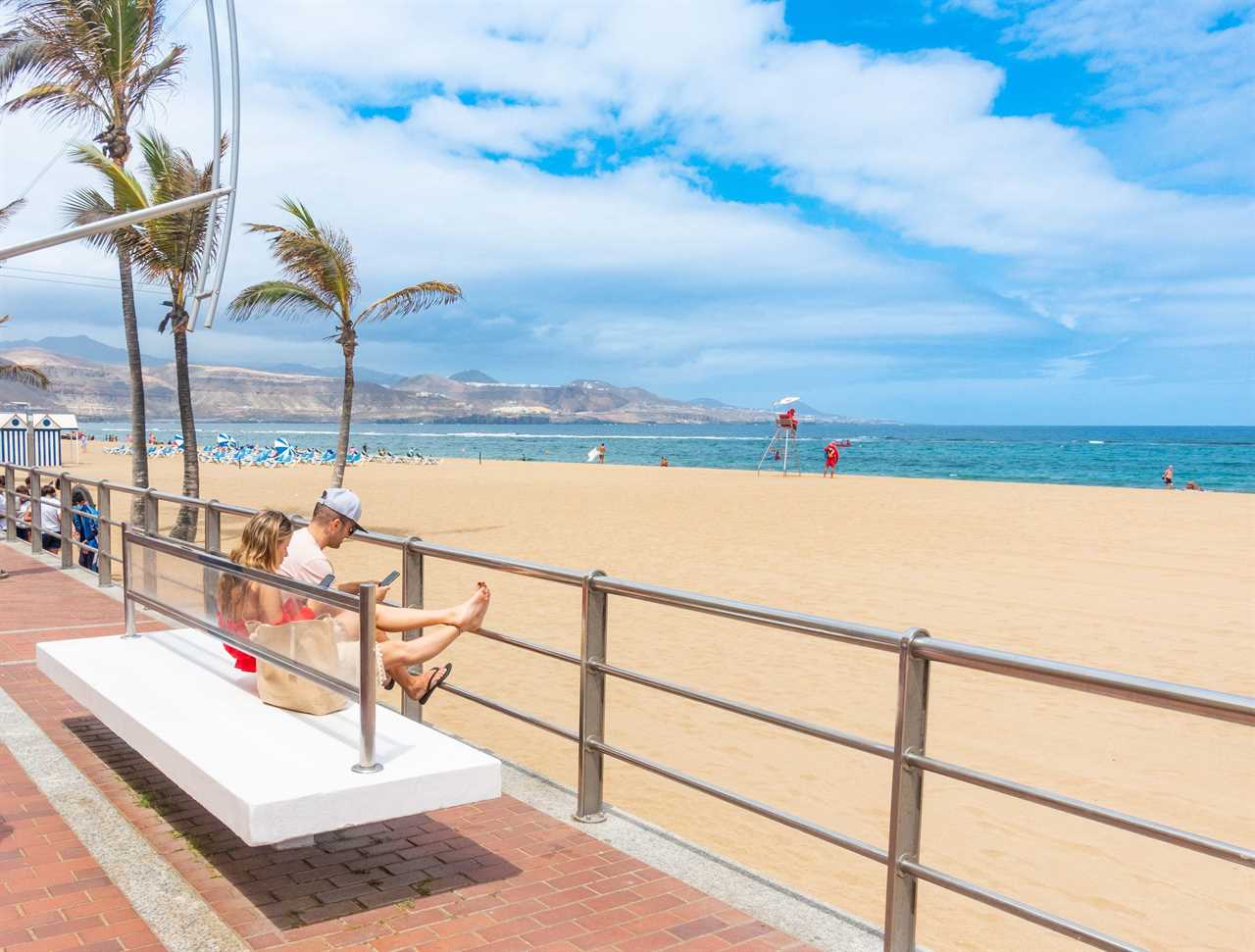THE Queen’s Platinum Jubilee weekend is set to be a chilly washout as a “loose cannon” weather system is on its way to Britain.
Forecasters say the whole of the UK could be hit with showers during the four-day Bank Holiday weekend beginning on Thursday June 2 to celebrate Queen Elizabeth’s 70 years on the throne.


It comes as thousands of Brits are due to celebrate the Jubilee with outdoor activities like street parties.
But Met Office forecaster Aidan McGivern has said these plans may have to be ditched if a low pressure over the Azores comes closer.
He says cold and wet weather will start moving in on Sunday – and from then on it will be unsettled.
He told The Mirror: “The trend towards more unsettled weather continues later on Sunday as low pressure over Scandinavia begins to drift its way westwards appearing into the North Sea, containing a lot of cloud, some rain as well which may well affect the North Sea coast, parts of eastern England, parts of eastern Scotland during Monday.
“Again the driest and brightest weather will be towards the west and that is closer to the high pressure. Sunny spells and feeling pleasant in the sunshine but always a chance of a shower in the west.
“More likely we will see showers in the east, along with that brisk wind it will feel on the cool side, temperatures declining day by day and overnight temperatures will decline as well so some chilly nights to come, Sunday night, Monday night, Tuesday night for example.”
Over the Azores an unusual weather stream has appeared – which means systems are more random.
Mr McGivern says it is a “loose cannon”.
He said: “It’s going to meander about fairly randomly, that makes its behaviour difficult to predict.”
Read More on The Celeb Report
He added: “Some computer models are suggesting that low will drift our way from the south west for the end of next week to bring widespread showers and outbreaks of rain from the south west.
“Higher pressure towards the north west, lower pressure towards the east but other computer models suggest we keep the higher pressure to the west and lower pressure to the east.”








